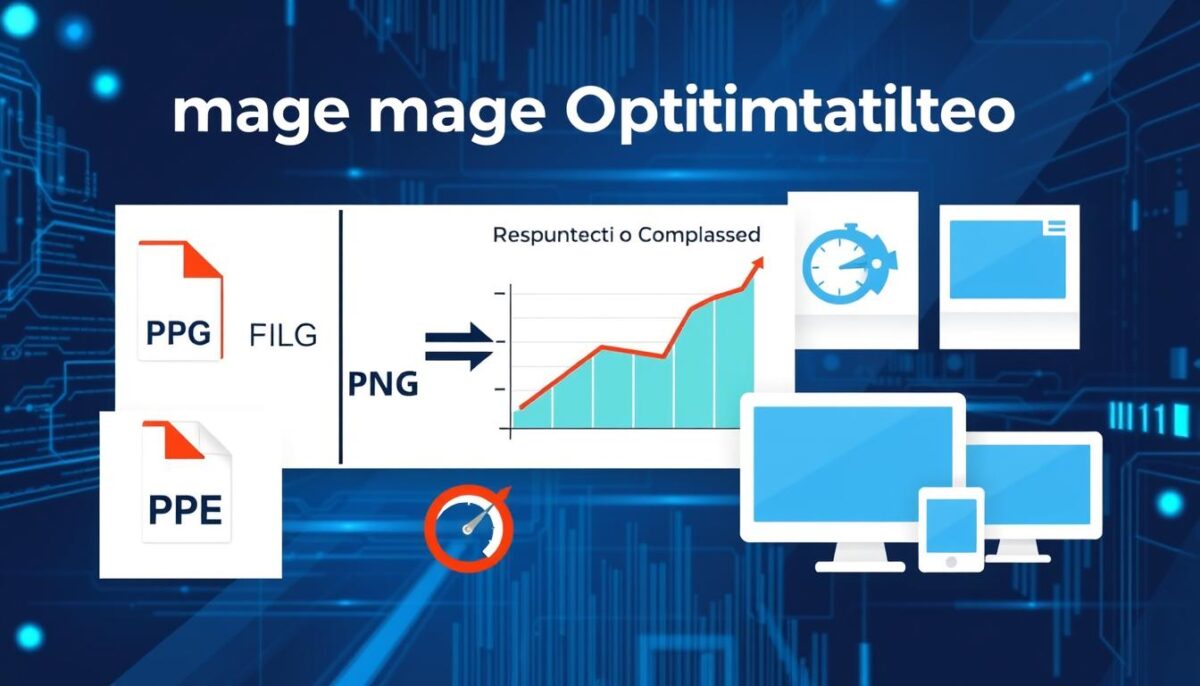How to Enhance Website Performance and Speed
In today’s fast-paced digital environment, enhancing website performance and speed is more critical than ever. Users expect fast response times, and a delay in website load time can significantly affect user experience. Research indicates that even a one-second delay can reduce conversions by up to 20%. As a result, speed optimization isn’t just a technical requirement; it’s a strategic advantage that can elevate your online presence and contribute to business success.
This article aims to offer valuable insights into the essential metrics of website performance enhancement, examining factors that influence speed and providing actionable strategies. By understanding how to optimize your website, you can improve user satisfaction and site traffic, ultimately leading to better outcomes for your business.
Understanding Website Performance Metrics
Website performance metrics play a crucial role in assessing the efficiency and user experience of a site. By focusing on specific KPIs, website owners can monitor vital aspects of their site’s functionality. Understanding these metrics enables businesses to pinpoint weaknesses, improve load times, and ensure that visitors have a seamless browsing experience.
Key Performance Indicators (KPIs)
Key performance indicators are essential indicators that help measure the effectiveness of a website. Significant KPIs include:
- Page Load Time: The time it takes for a website to fully load.
- Time to First Byte (TTFB): The time the browser waits to receive the first byte of data from the server.
- Server Response Time: How quickly the server responds to a request.
These KPIs provide insights into technical performance, making it easier to identify areas that require optimization.
Importance of Load Time
Understanding load time importance is vital for maintaining user engagement. Research shows that users expect pages to load within three seconds. Exceeding this time can lead to increased abandonment rates and negatively affect overall site performance. Faster load times enhance user satisfaction and can improve search engine rankings.
Tools for Measuring Performance
Utilizing performance analysis tools is crucial for effective monitoring. Some of the most popular tools include:
- Google PageSpeed Insights
- GTmetrix
- WebPageTest
These tools offer detailed reports on website performance metrics, providing actionable recommendations to enhance load times and overall user experience.

How to Enhance Website Performance and Speed
Improving website performance involves several actionable strategies that target different aspects of web design and development. By focusing on image and media optimization, CSS and JavaScript minification, and effective browser caching, website owners can significantly enhance loading speeds and overall user experience.
Optimizing Images and Media Files
Image optimization plays a crucial role in reducing loading times. Techniques such as compression are vital, and tools like TinyPNG or ImageOptim can help achieve this without compromising quality. Choosing the right file format is essential; for instance, JPEG works well for photographs, while PNG is better suited for images requiring transparency. Implementing responsive image techniques using srcset allows for different image sizes to be served depending on the user’s device, ensuring optimal load speed and media file management.
Minifying CSS and JavaScript
CSS minification and JavaScript minification are effective for improving loading speed by streamlining code. Removing unnecessary characters, comments, and white spaces from stylesheets and scripts leads to smaller file sizes. Tools such as CSSNano for CSS and UglifyJS for JavaScript automate this process, ensuring that the site runs smoothly while reducing the amount of code transferred during page loads.
Utilizing Browser Caching
Browser caching aids in enhancing load performance by storing previously loaded resources locally on users’ devices. When a user returns to a website, their browser retrieves data from its cache rather than requesting it again from the server, significantly speeding up loading times for repeat visitors. Implementing strategies like setting appropriate cache-control headers is crucial for maximizing the benefits of browser caching.

The Role of Web Hosting in Performance
Understanding the influence of web hosting on website speed is essential for creating a successful online presence. Selecting the optimal hosting plan and considering server location play crucial roles in enhancing web hosting performance.
Choosing the Right Web Hosting Plan
A variety of hosting plans exist, each offering different levels of performance. Shared hosting is cost-effective but can influence website speed due to resource sharing. VPS (Virtual Private Server) hosting provides a dedicated portion of server resources, enhancing load speeds without sacrificing budget. Dedicated hosting offers maximum performance by providing an entire server for one website, ensuring optimal website speed under high traffic.
Quality web hosting providers, such as Bluehost, SiteGround, and WP Engine, are recognized for their superior server performance. These providers offer robust support and reliability, which can significantly impact the overall web hosting performance of your site.
The Impact of Server Location
The geographic location of a server can dramatically affect website speed. When a server is closer to users, it reduces latency, resulting in faster loading times. This is crucial for improving user experience and maintaining engagement. Additionally, utilizing a Content Delivery Network (CDN) can further enhance speed by distributing resources across multiple servers globally, allowing a website to load quickly for visitors no matter where they are located.
| Hosting Type | Pros | Cons |
|---|---|---|
| Shared Hosting | Cost-effective, easy to manage | Limited resources, potential slow website speed |
| VPS Hosting | Better performance, dedicated resources | Higher cost than shared hosting |
| Dedicated Hosting | Maximum performance, complete control | Most expensive option |
Advanced Techniques for Speed Optimization
To take your website performance to the next level, implementing advanced speed optimization techniques is key. One effective method is leveraging website caching techniques. By storing frequently accessed data, you reduce load times, allowing users to enjoy a seamless browsing experience. Tools like Varnish Cache or Redis can significantly enhance the efficiency of your caching processes, setting the stage for quicker delivery of content.
Additionally, database optimization plays a crucial role in maintaining speed. Regularly cleaning up your database by removing old entries or unnecessary data can streamline operations. Utilizing tools like phpMyAdmin or WP-Optimize helps ensure your database runs efficiently, which in turn speeds up your website’s response time.
Another powerful strategy is implementing lazy loading for images and videos. This technique enables resources to load only when they are visible in the viewport, which drastically reduces initial load time. By incorporating libraries such as Lazysizes, you can enhance user experience without sacrificing image quality, ultimately contributing to your site’s overall performance.







